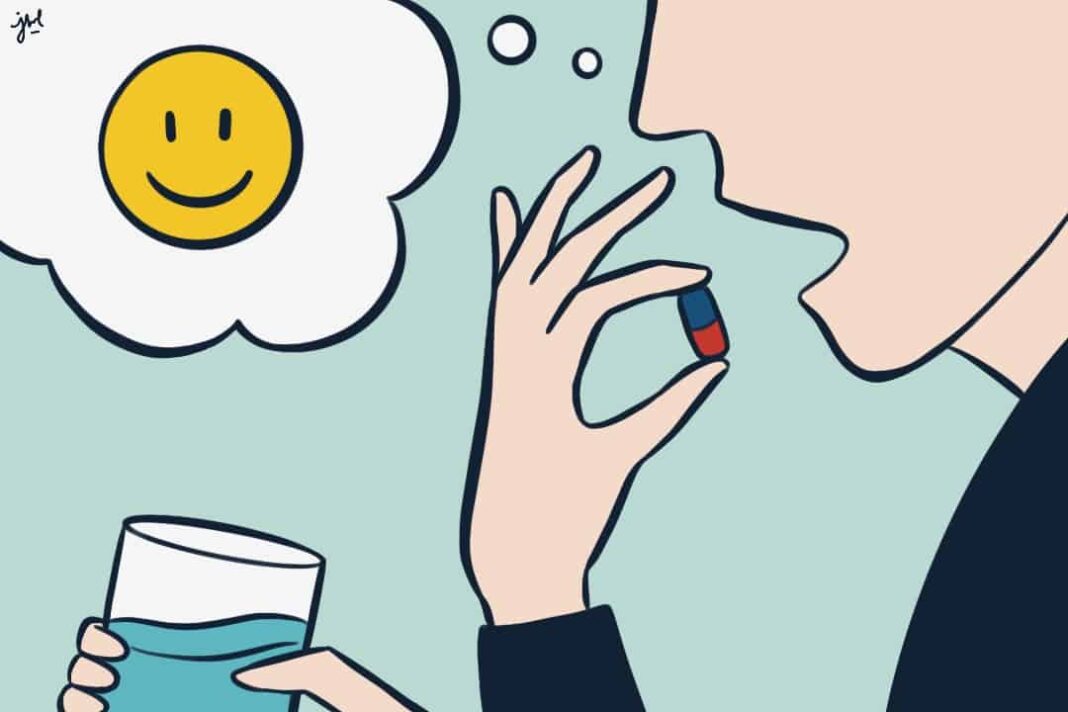What if fake surgeries or sugar pills could work on our bodies like authentic medicines? Some might think it’s not possible that a fake medicine or treatment could heal us. Rationally, it doesn’t make sense; however, nature does not always make sense to us; it has no obligation on her part. Part of that same reality is the Placebo effect. An effect that is usually publicly dismissed as a mere psychological show, having no basis in the physiology of human beings.
To put it in simple words, Placebo is the effect when improvement, regarding physiological condition and symptoms, is observed medically, by taking a “fake” pill or having a hoax treatment, as opposed to being provided with an actual drug.
When and how does Placebo work?
They are largely dependent upon the recipients and their past experiences and expectations, and the improvement depends upon many cues. Any experience that can make a connection between their mind and body. Placebos can be categorized into two parts: one is psychological, and the other is physiological. One is the effect of taking physical tablets or having hoax treatment, the other is being in a comforting environment or having a calming conversation.
First is the verbal cue. For example, if you are in a hospital and a doctor gives you a placebo pill that you would not know about, and tells you that it is a cure. Then there is a 30% chance that you will feel better. This act of the doctor just telling you can trigger the placebo effect for you.
This, of course, depends upon what type of disease you are being treated for. Two of the conditions where the placebo effectiveness is mostly reported and evident are pain conditions and mental health disorders. As mentioned in the scientific article, published in The New England Journal of Medicine, titled “ Is the Placebo Powerless? — An Analysis of Clinical Trials Comparing it with No Treatment.” [1]
“Placebos have been reported to improve subjective and objective outcomes in up to 30 to 40 percent of patients with a wide range of clinical conditions, such as pain, asthma, high blood pressure, and even myocardial infarction.”This shows that Placebo is an effective treatment clinically.
The second cue for placebo effect is action; when patients actively do something that they believe will help them feel better. For example, taking an injection or applying a cream or an ointment, etc. Any physical action that signals to your brain that “I am doing this to get better, hence I must be getting better”. The ritual of treatment itself creates an expectation of healing, which can trigger real physiological changes. It’s not just the drug or the treatment that you are going through; it’s about what your mind thinks you are doing.
The third cue can be social. The environment patients are in, the tone and body language of doctors can also have a positive effect on their psychological and physiological well-being. If they are being treated in a calm, soothing environment, then its effects will be clearly evident.

Published in “The BMJ” journal and available at “Harvard Library” website, the article “Components of placebo effect: randomised controlled trial in patients with irritable bowel syndrome” shows that 62% of patients of IBS (Irritable Bowel Syndrome) in the study of Ted Kaptchuk and others [2], documented an adequate relief in pain when doctors had a warm, friendly tone.
They listened to patients’ concerns actively and provided empathy through phrases like “ I understand how difficult IBS must be for you”. This creates a deep emotional connection between the patient and the doctor. Hence, proving that even good gestures and a positive environment do help patients and have an actual physiological betterment.
Is Placebo only Good? What are its cons?
Besides advantages, there are equal cons for placebo, especially in South Asian societies where self-medication is prevalent and widely believed.
One of the most abused drugs, or self-medicated drugs, is paracetamol (locally known as “panadol”) in Karachi, a densely populated, multi-cultural city in Pakistan. An article published in “Pakistan Journal of Medical Sciences” by M Iqbal Afridi and co-authors shows that about 84.8% of males and females are doing self-medication. Most of the drug is used for headaches. [3]
Due to the ritual and past experiences of taking paracetamol or any similar drug for headache, it might trigger placebo effect, but along with self-medication and overusage of it, can cause many serious health issues like liver damage, kidney injury, and gastrointestinal problems. Unfortunately, many people in South Asian society are used to taking these pills whenever they have a minor headache.
Having these types of drugs as a go-to solution might make one feel better due to placebo effect, but in the long run, the actual side effects of the drug might accumulate and make one sick rather than better. This shows one of many disadvantages of the placebo effect that can creep up if not taken care of.
Placebos are very Counterintuitive
Placebos are evidence that we don’t know much about how our mind works. It really seems very counterintuitive that anything like that could work for medical improvement. It’s really amazing to think about how a ritual of treatment, a fake pill, or a hoax medication can trick our mind into healing the body.
But placebos are not fictional at all; they have real neurobiological effects, from the increase in feel-good neurotransmitters like endorphins and dopamine to higher brain activity in the regions linked to mood, emotional reaction, and self-awareness.
A study published in PLOS Biology found that there is an increase in brain activity when a group of patients with knee osteoarthritis was given placebo treatment, and half of those patients reported significant pain relief. This shows that its response is not just psychological or just in patients’ “head”, but it is a deep neurological effect that, in reality, alters the brain biology and makes physiological improvements. [4]
In the end, this can help in physiological improvements in our bodies. So, we can, on our own, use placebo to make ourselves better and improve our lives, while being cautious of its negatives and disadvantages.
References:
- An Analysis of Clinical Trials Comparing Placebo with No Treatment: New England Journal of Medicine: Vol 344, No 21
- Randomised controlled trial in patients with irritable bowel syndrome | The BMJ
- Prevalence and pattern of self-medication in Karachi: A community survey – PMC
- Brain Connectivity Predicts Placebo Response across Chronic Pain Clinical Trials | PLOS Biology
- The power of the placebo effect – Harvard Health
- What It Is, Examples, and More
Similar Articles: Transforming Pain into Power: Succeeding with PTSD Through a Positive Mindset

Syed Ali Asghar is based in Karachi and is a Physics graduate with an insatiable curiosity. He explores ideas ranging from philosophy and physics to art and human behavior.

